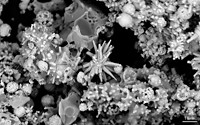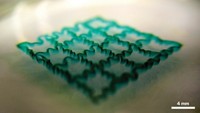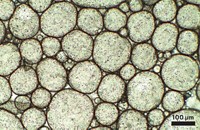Advertisement
Grab your lab coat. Let's get started
Welcome!
Welcome!
Create an account below to get 6 C&EN articles per month, receive newsletters and more - all free.
It seems this is your first time logging in online. Please enter the following information to continue.
As an ACS member you automatically get access to this site. All we need is few more details to create your reading experience.
Not you? Sign in with a different account.
Not you? Sign in with a different account.
ERROR 1
ERROR 1
ERROR 2
ERROR 2
ERROR 2
ERROR 2
ERROR 2
Password and Confirm password must match.
If you have an ACS member number, please enter it here so we can link this account to your membership. (optional)
ERROR 2
ACS values your privacy. By submitting your information, you are gaining access to C&EN and subscribing to our weekly newsletter. We use the information you provide to make your reading experience better, and we will never sell your data to third party members.
Nanomaterials
Chemistry In Pictures
Chemistry in Pictures: Nano succulent
by Alexandra Taylor
July 11, 2019

Qi Zeng, an assistant research fellow at Shenzhen Institutes of Advanced Technology, and coworkers used electrochemistry to control the shapes and sizes of crystals to create this nanocluster, which Qi says resembles a succulent plant known as jin huang xing. Crystals like these could be used in artificial retinas, cochlear implants, and other wearable and implantable devices. To make the nanocluster, the researchers added platinum salt to a phosphate buffer and electrodeposited it under extreme conditions. Qi says the group’s method can increase the effective surface area of an electrode, reducing a device’s energy consumption and improving its resolution.
Submitted by Qi Zeng
Do science. Take pictures. Win money. Enter our photo contest here.
Related C&EN content:





Join the conversation
Contact the reporter
Submit a Letter to the Editor for publication
Engage with us on Twitter